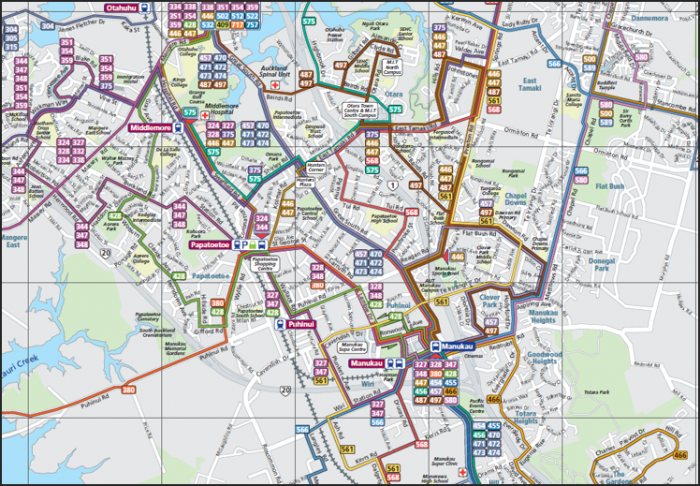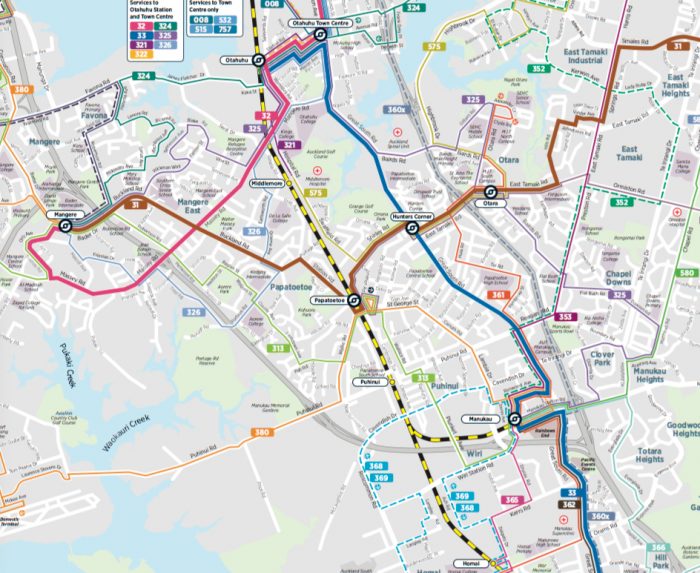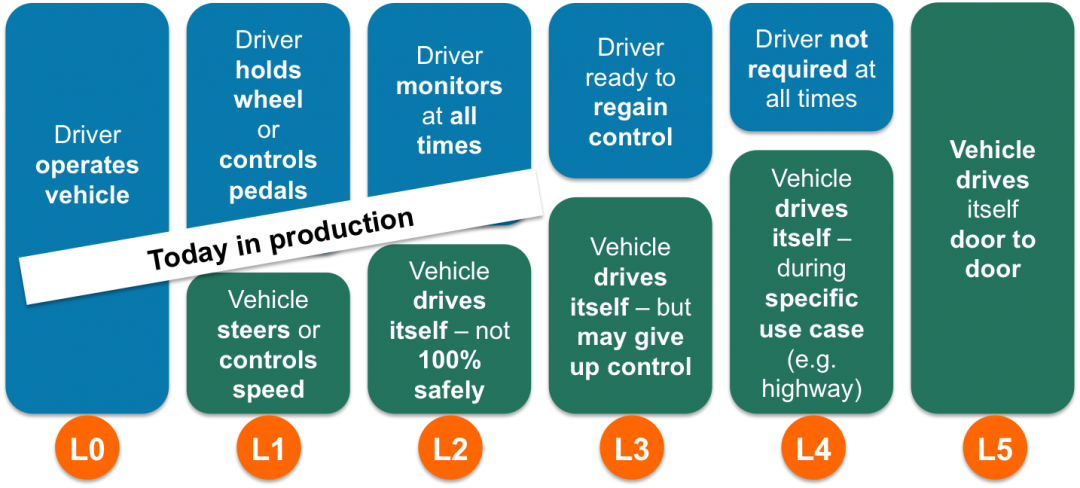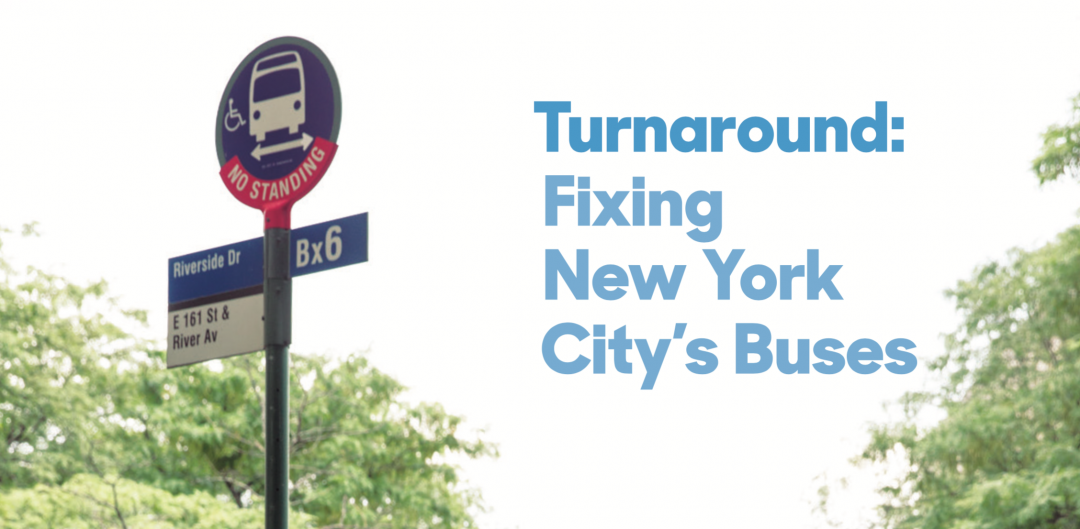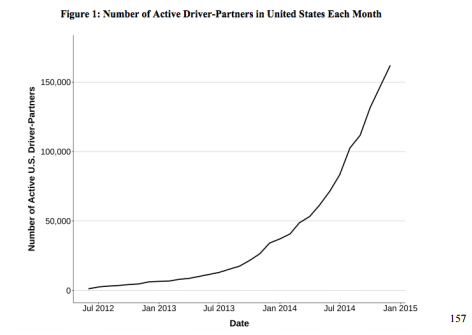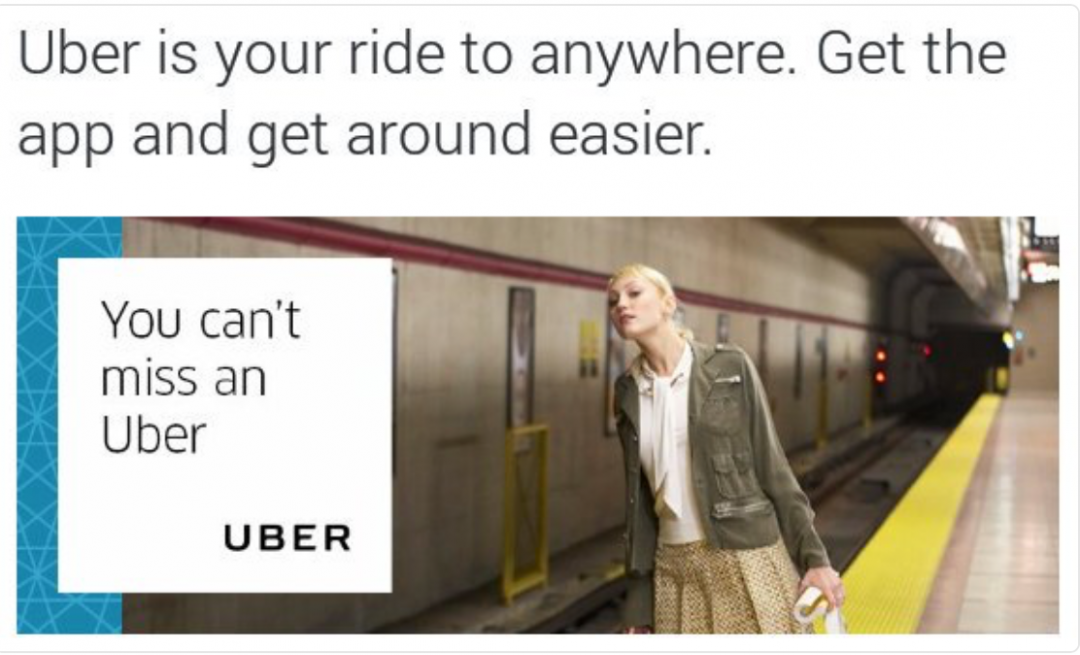The new private players in urban transportation have learned to be careful about appearing to oppose public transit — at least, most of the time. Uber is making a point of supporting some of the biggest transit tax proposals in the country. Lyft wants you to know that they’re “friends with transit.” These companies know that they rely on an urban, educated political base — people who can figure out for themselves that shifting lots of people from big vehicles into small ones is not the way to improve congestion, emissions, or pretty much anything that matters.
Still, the hype coming off the technology companies — even when not explicitly hostile to big-vehicle transit — feeds a vague notion that “innovation” will somehow sweep transit away. And this attitude is damaging transit systems now.
To make this claim I’ve usually had to refer to my personal experience as a consultant — and especially my constant conversations with local stakeholders and opinion leaders. But right now, we have some examples, from the websites of opponents of transit proposals around the US.
My point in citing these is not to defend particular transit proposals. We don’t endorse here. And it doesn’t matter, to my point, which measures pass and which fail.
My point is that tech industry PR, with its meme of “innovation” somehow changing everything, is now a key source of anti-transit rhetoric.
Here’s the homepage of opponents of the rapid transit measure for the Seattle area, ST3. It leads off with three big points, one of which is this:
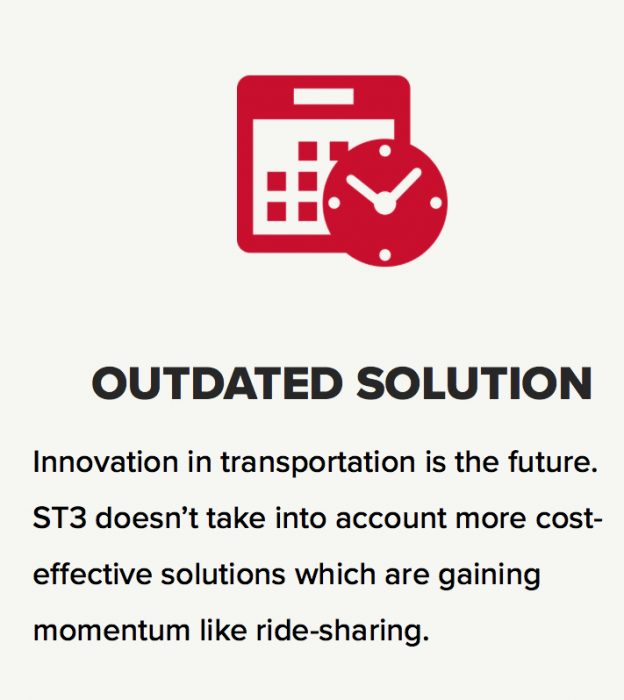
Over in Indianapolis, there’s this, from an opponents’ press release:
If voters approve the transit referendum Nov. 8th, Indianapolis will buy a quaint 1940’s solution to a 21st Century opportunity. When Uber and Lyft – the transportation innovation leaders of today — are initiating a transportation revolution in other communities, Indianapolis once again looks in the rear-view mirror. Indianapolis leaders, IndyGo planners, and taxpayers should be anticipating the flood of change that will occur over the next few years—not building permanent bus lanes down the middle of major city thoroughfares which will be rendered obsolete.
Transit plan opponents in greater Detroit accuse a fixed rapid transit plan of “blocking” innovation — after first scaring us with the notion that buses or trains might get in the way of your car:
More Traffic Congestion
Major roads will have lanes closed to create ‘bus only’ lanes – congesting traffic.
Cities with bus only lanes also implement priority traffic signal policies that turn stop lights green for approaching buses and red for cross traffic – further delaying motorists.
Blocks Mass Transit Innovation
The proposal spends billions on old transit tech like buses and rail while other cities are contracting out transit services to Uber, Lyft, Chariot and others that provide door-to-door service at substantial savings.
Advances in self driving vehicles may provide breakthroughs in personalized, cost-effective transit service that cannot be realized if our region is financially locked for decades into a dinosaur mass transit system. [emphasis added]
Yes, there may be breakthroughs, which may have the outcomes we hope for, and this is reason enough to declare our existing tools to be “dinosaurs.” The idea is that future inventions should destroy useful things today.
It’s completely understandable that inventors want us to think this. If we throw away our existing solutions to urban problems, we will be even more dependent on their inventions, which will be good for them. That’s why we must lean into the wind, being skeptical but not cynical about the good things invention may bring.
Why should we continue to invest in big-vehicle, space-efficient public transit, and protect what we have from degradation, when all this innovation may occur?
- Technology never changes geometry. In dense cities, the efficient use of space requires continuing to move large numbers of people in large vehicles, which is what successful urban transit networks are. (The story may be different in low-density suburban areas, where demand is sparser and space is more abundant, especially if those places don’t intend to grow denser.) The only way to move large vehicles efficiently and also attractively is first to run them frequently, and second, where possible, to protect them from traffic congestion. Yes, this may get in the way of your car.
- Inventions never turn out as hoped, and especially not as hyped. They have downside impacts, some of them entirely predictable. They destroy things that turn out to be valuable, especially because …
- Making something easier causes more people to do it. This is how autonomous cars could cause an explosion of vehicle trips that would overwhelm any space-saving benefits of the technology, congest our cities to the point of dysfunction, and thus trigger a new generation of urban sprawl. Do you believe that autonomous cars will radically expand your liberty, even in the densest cities? Do you imagine that you, a city dweller, will be able to get out into the beautiful countryside more easily, so that you could even buy a cabin in the woods? That’s what the proponents of cars wanted you to believe 100 years ago. The problem isn’t that you got those things, but so did everyone else. So the liberty of the motorist became the prison of congestion, and everyone’s cabin in the woods meant there were no woods left.
Again, if you’re new to this, autonomous vehicles can be a wonderful thing. The problem is the hype about things uninvented, and the way it encourages us to destroys things that we value, now.
